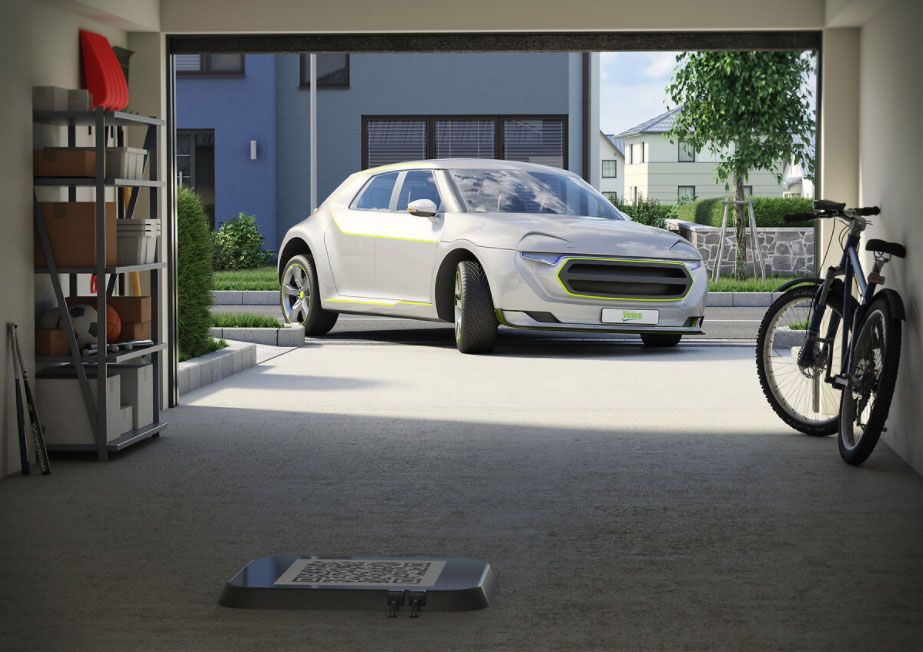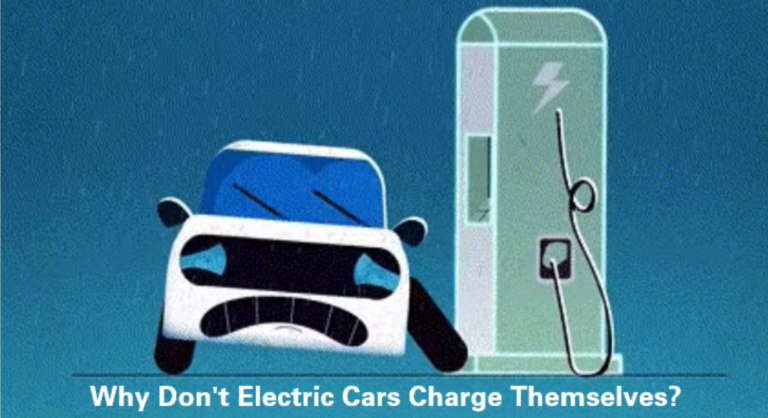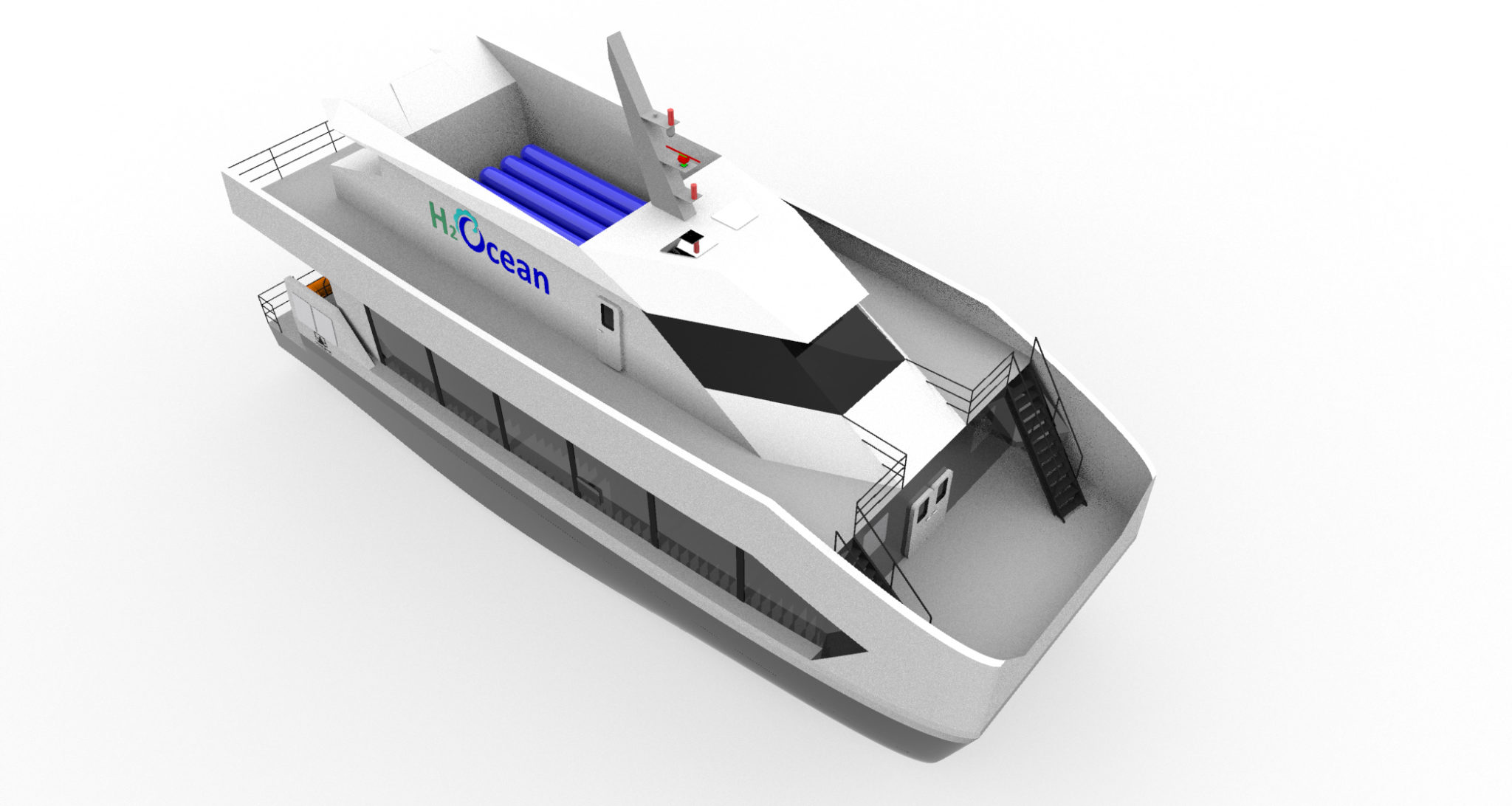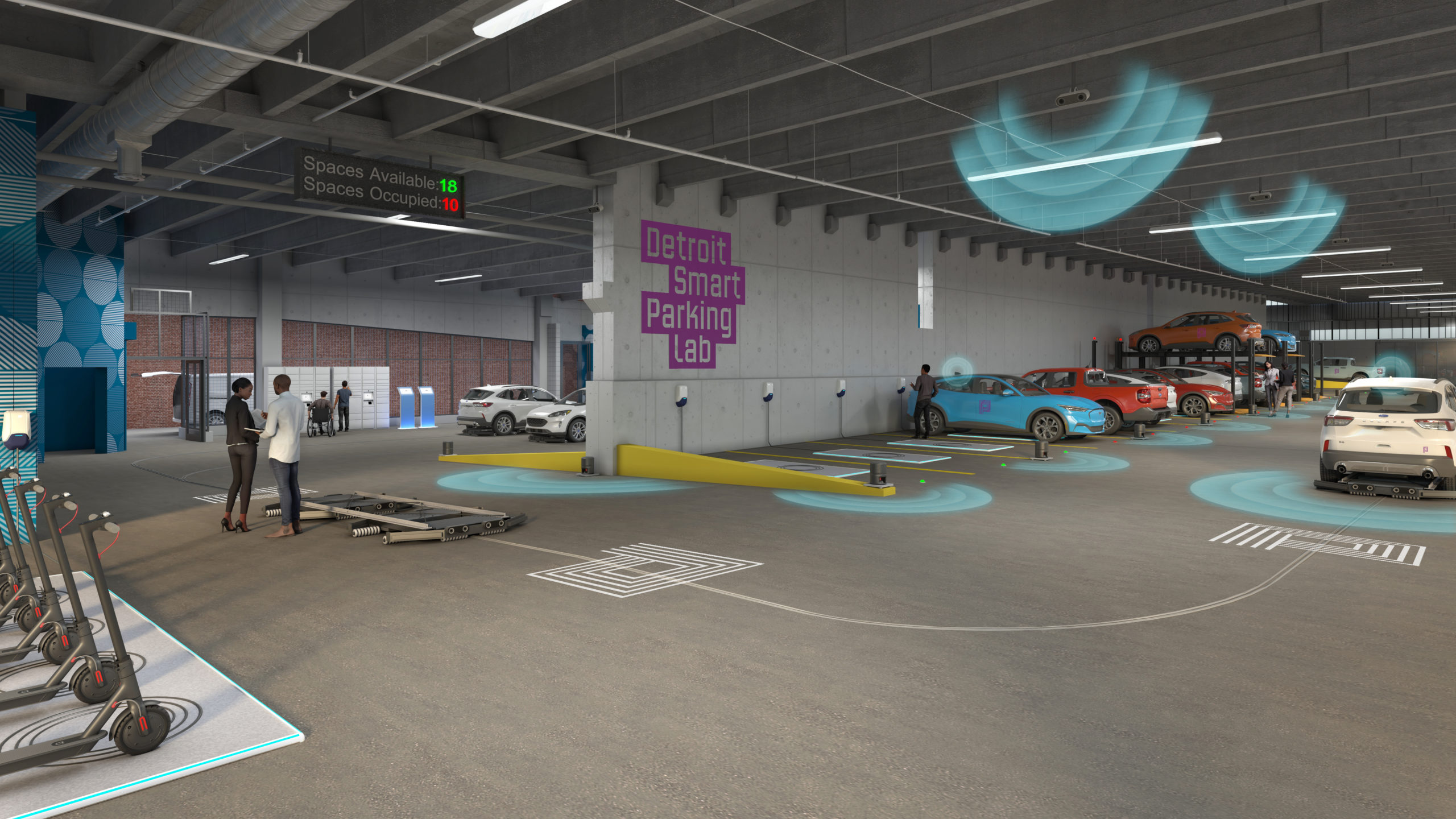Smart Mobility Can Fuel Smart Cities
- Electric bikes and electric scooters pave the way for a cleaner future
Today’s cities are straining under the weight of needed infrastructure improvements, traffic jams, increased air pollution, and more. Add tight budgets, over-taxed citizens, and competing priorities, it’s no wonder today’s futurists are striving for a cleaner and more efficient tomorrow. Smart Cities – talked about for years, but now becoming closer to reality – promise to address these challenges. And a key component of the smart cities envisioned is eMobility – electric bikes (e-bikes) and electric scooters (e-scooters).
If you live in a major urban area, you’ve probably seen rows of electric bikes parked near public transportation hubs to provide that “last mile” of commute. In fact, e-bikes are not new — the first patent for an e-bike goes all the way back to 1895. Their use has steadily grown, exploding in the past few years. But, as with electric cars, charging has always been a hassle: e-bike providers typically have to pick them up and take them out of service to charge them or send manual labor to various drop-off stations to replace batteries. Once charging begins, a lithium-ion e-bike battery that is fully depleted will take 3.5 to 6 hours to recharge.
You’ve likely seen e-scooters, too, which also provide convenient transportation around town or on campus for locations that are too far to walk but too short to warrant a drive. Like e-bikes, e-scooters must be taken out of service to be recharged.
Between 2020 and 2023, upwards of 130 million e-bikes are expected to be sold worldwide. By 2023, it is expected that the total number of electric bikes in circulation around the world will reach 300 million – a 50% increase compared to 20191. Add the expected 126 million e-scooters2 from Lime, Bird, Ofo, and others, and it’s clear that a more convenient way to charge these micromobility movers would go a long way to help ensure a positive consumer experience.
That’s where WiTricity licensees are innovating.
Voltraware is a fabless semiconductor company specializing in the research and development of integrated circuits for wireless power transfer applications. Magnetic Inductive wireless charging solutions based on the Qi standard require precise placement of the device, effectively touching the charging surface for wireless power transfer. Instead, Voltraware’s technology is based on Magnetic Resonance that can charge multiple devices at a distance without the need for a precise alignment between the transmitter and receiver. As a result, solutions that use Voltraware’s semiconductor chips for wireless charging are automatic, reliable, and safe. The wireless power receiver automatically starts charging the battery when it enters the transmitter’s charging zone so users can simply “park and charge.” For example, e-bikes and e-scooters that use Voltraware’s chips for wireless charging don’t need repeated plug-in or unplugging of cables, exposed metal contacts, and power ports – perfect for today’s smart cities.
Established in 2004, JJPlus is a forerunner in wireless communication and wireless power transfer hardware and firmware development. With deep domain knowledge and engineering expertise, JJPlus develops and designs collaboratively with technology partners to eliminate the last plug in its devices – the power cord. Magnetic Resonance makes wireless charging possible to enable autonomy, a highly successful rate of auto recharging, charging on the go, and a safer environment – perfect for embedding into micromobility solutions like e-scooters, as well as in robotics products. For instance, Misty Robotics’ robots are wirelessly powered by magnetic resonance technology; JJPlus is the wireless power design and product manufacturer. With wireless charging, robots are autonomous, durable, and can charge on the fly. They can also charge through thick surfaces and in difficult environments regardless of the weather, charge with a high tolerance for misalignment, and can be charged simultaneously with other robots using only one charging pad for all of them.
Discover more uses for wireless charging with WiTricity’s licensees by visiting www.witricity.com.
This article was originally published by WiTricity Corporation.















